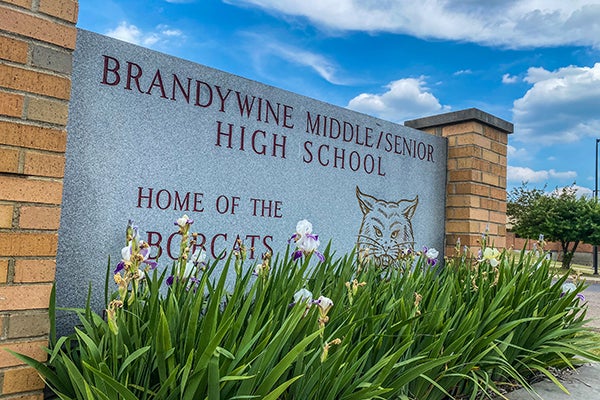Crime rates linked to educational attainment
Published 5:53 pm Thursday, September 12, 2013
WASHINGTON, D.C. — Michigan could save as much as $695 million in annual crime costs if its high school male graduation rate increased by 5 percentage points, a new report from the Alliance for Excellent Education finds. Nationally, the annual savings could reach $18.5 billion. The report, Saving Futures, Saving Dollars: The Impact of Education on Crime Reduction and Earnings, examines and builds upon research that links lower levels of educational attainment with higher rates of arrests and incarceration.
Support for the report was provided in part by State Farm as part of a series of documents that demonstrates the economic benefits from improving high school graduation rates.
“The nation needs to focus dollars and efforts on reforming school climates to keep students engaged in ways that will lead them toward college and a career and away from crime and prison,” said Bob Wise, president of the Alliance for Excellent Education and former governor of West Virginia. “The school-to-prison pipeline starts and ends with schools.”
The report includes a state-by-state breakdown of estimated annual crime savings, which vary from $14 million in New Hampshire to $215 million in Nevada to $2.4 billion in California. This data shows that all states stand to gain from increasing their high school graduation rate.
In addition to the estimated $18.5 billion savings related to national crime, the report also projects that the U.S. economy would benefit by as much as $1.2 billion in additional annual earnings from a five-percentage point increase in the high school male graduation rate.
Michigan’s share of the additional annual earnings total is $43 million for a total benefit to the state’s economy of $738 million.
In addition to examining total crime savings, the report projects the number of individual crimes that could be prevented by increasing the male high school graduation rate by five percentage points, and finds that such an increase would decrease overall annual incidences of assault by nearly 60,000; larceny by more than 37,000; motor vehicle theft by more than 31,000; and burglaries by more than 17,000. It would also prevent nearly 1,300 murders, more than 3,800 occurrences of rape and more than 1,500 robberies.
Saving Futures, Saving Dollars notes the disparity between annual federal spending on students and inmates, and the findings are staggering; the United States spends $12,643 to educate one student for one year versus the annual cost of $28,323 to house one inmate.
“If the nation made a comparable investment in effort and dollars in schools as it does in jails and prisons, the return would be decreased levels of criminal activity and incarceration as well as significant and life-changing impacts on the individual,” the report notes.
There is an indirect correlation between educational attainment and arrest and incarceration rates, particularly among males, the report finds. According to the most recent data from the U.S. Bureau of Justice, 56 percent of federal inmates, 67 percent of inmates in state prisons and 69 percent of inmates in local jails did not complete high school. Additionally, the number of incarcerated individuals without a high school diploma is increasing over time.
“Dropping out of school does not automatically result in a life of crime, but high school dropouts are far more likely than high school graduates to be arrested or incarcerated,” Wise said.
Equity plays a large role in the connection between education level and crime rates; African Americans and Latinos are overrepresented in the criminal justice system. It is no coincidence, the report notes, that these same groups are disproportionately relegated to the nation’s most troubled and low-performing schools.
The report finds that both school climate and discipline play large roles in whether a student graduates from high school and how likely a student is to be arrested or incarcerated. Suspended students, the report notes, are twice as likely to drop out as those who have not been suspended. African American high school students are at least twice as likely as their non-black peers to be suspended.
The report recommends policy efforts at the national, state and local levels to support school reforms to keep students on track to graduate from high school. It also notes that school-based interventions are needed to bring struggling students up to grade level and bring real-world experiences into the classroom to keep students engaged.
“Improving high schools will lead to increased graduation rates, which, in turn, will lower crime and incarceration rates and improve the nation’s economy,” Wise said. “Focusing on engaging students through digital learning, or the effective use of technology paired with quality teaching, will not only save the nation dollars, it will save students’ futures.”






